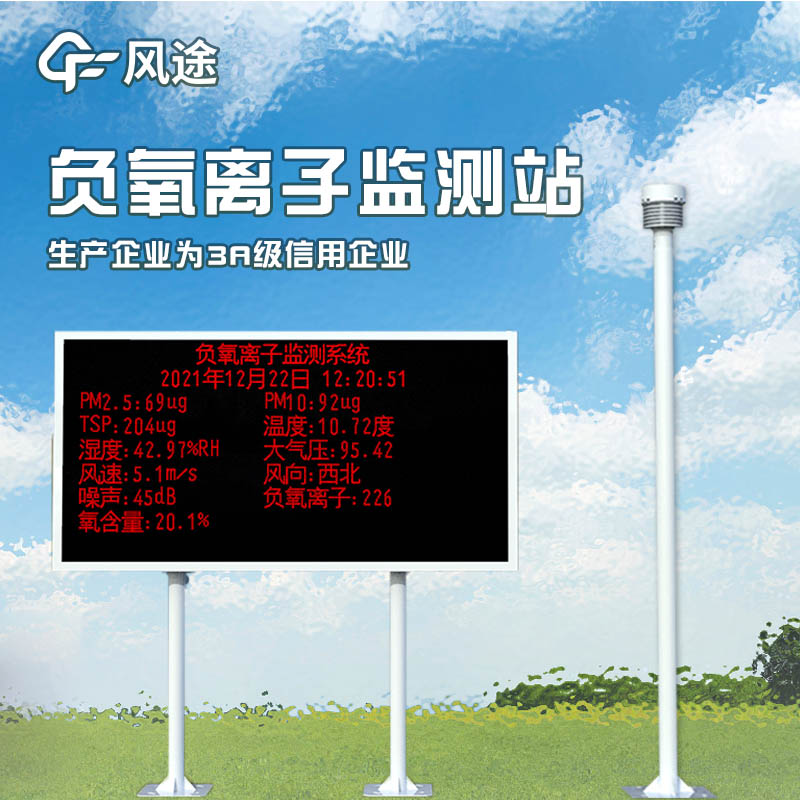Meteorological environment monitoring equipment supplier
Insist on doing high-precision customer favorite technology products
Tourism, as one of the core pillars of the global economy, plays an irreplaceable role in driving economic development in many countries and regions. It is not only a vital source of local fiscal revenue, boosting the vigorous development of related industries such as hotels, catering, and transportation, but also builds a bridge for communication between different regions and cultures. While allowing people to appreciate natural scenery and cultural customs, it promotes the integration and progress of social civilization.
However, behind the vigorous development of tourism, a series of problems and challenges have emerged. The influx of a large number of tourists into scenic areas, coupled with uncivilized behaviors of some tourists (such as random littering and trampling on vegetation), directly damages the ecological balance of scenic areas. Furthermore, air pollution and noise pollution caused by increased traffic flow around scenic areas and the operation of tourism facilities, as well as water pollution from domestic sewage discharge, have worsened the ecological environment of scenic areas. This not only affects the aesthetics and sustainable development of scenic areas but also reduces tourists’ visiting comfort.
Against this backdrop, our company has developed a Negative Oxygen Ion Monitoring System tailored to the needs, which has become a crucial tool for protecting the ecological environment of scenic areas and improving their management level. As a core component of the scenic area’s ecological environment monitoring system, this system is specifically designed for monitoring meteorological and ecological data in scenic areas. It can accurately monitor the concentration of negative oxygen ions (a key ecological indicator) in real time, while simultaneously tracking multiple meteorological and environmental factors such as temperature, humidity, PM2.5, noise, wind speed, and wind direction.
Negative oxygen ions are known as "air vitamins", and their concentration is an important criterion for measuring the air quality and ecological comfort of a scenic area, directly related to tourists’ health and visiting experience. Through high-precision sensors deployed in key areas of the scenic area, the system transmits the collected negative oxygen ion concentration and other environmental data to the backend management platform in real time. Managers can intuitively view the change trends of various data through the platform and accurately grasp the ecological environment status of different areas in the scenic area.
When the concentration of negative oxygen ions in a certain area of the scenic area is low, or problems such as air pollution and excessive noise occur, the system can issue early warning prompts in a timely manner. Based on the early warning information, managers can quickly take targeted measures, such as adjusting the tourist routes in the scenic area, strengthening greening maintenance, and controlling pollution sources. These measures effectively improve the local ecological environment of the scenic area and ensure the stability of its ecosystem.
The accurate and comprehensive meteorological and ecological data generated by the system can also provide a scientific basis for scenic area management. Scenic areas can formulate reasonable tourist reception plans based on these data—for example, appropriately increasing the number of tourists received during periods when the concentration of negative oxygen ions is high and the climate is comfortable. Additionally, these data can serve as important materials for the scenic area’s external promotion, demonstrating its excellent ecological environment to tourists, enhancing its attractiveness and popularity, and helping it achieve a positive cycle of ecological protection and tourism development.
